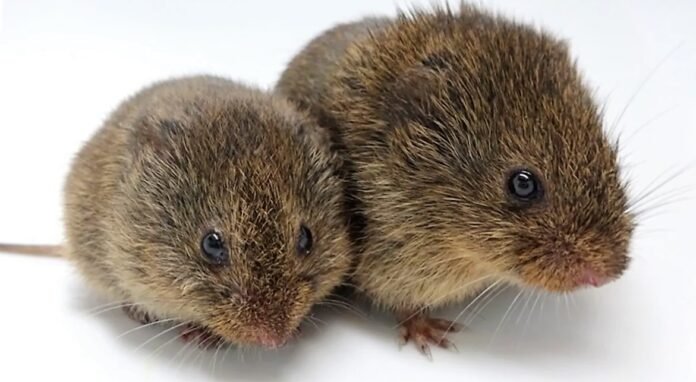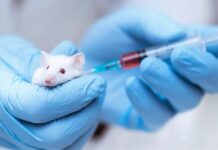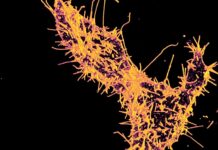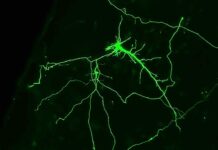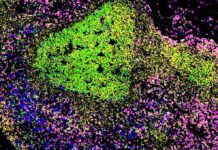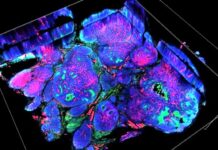A Paradigm Shift in Understanding Oxytocin’s Role
Prepare to question everything you thought you knew about oxytocin—the famed “love molecule.” In a groundbreaking revelation, a recent study published in Neuron has shattered the belief that oxytocin is an indispensable factor in the formation of social bonds among monogamous rodents. This research challenges the long-established notion and demands a fresh evaluation of oxytocin’s actual impact on social bonding.
Rethinking the Oxytocin Connection
For years, prairie voles have stood as a beacon of insight into the complexities of social attachment in humans and other creatures. Previous investigations consistently emphasized the critical role of oxytocin in pair bonding among these voles. Researchers found that interfering with oxytocin receptor function in adult voles invariably disrupted the formation of pair bonds. However, the latest study took a bold leap by employing genetic manipulations to engineer voles devoid of the oxytocin receptor gene. The results? Astonishingly, these genetically modified voles displayed normal bonding and parenting behaviors, effectively challenging the well-entrenched beliefs of the scientific community.
Unveiling CRISPR and Genetic Manipulation
Enter CRISPR-Cas9, the revolutionary tool of genetic manipulation that has taken the scientific world by storm. Armed with this cutting-edge system, the researchers achieved the creation of voles lacking functional oxytocin receptors. By deftly injecting the CRISPR-Cas9 system into vole embryos at the single-cell level, they successfully excised the oxytocin receptor gene and introduced a defective variant in its place. Astonishingly, despite the absence of functional receptors, these engineered voles exhibited typical pair bonding behavior and fulfilled their parental duties. While they did exhibit lower milk production and lighter offspring, no other discernible differences were observed.
The Intricacy of Behavior and Genetics
The implications of this study reverberate in the intricate dance between genes and behavior. To unravel this enigma, the researchers conducted a partner preference assay, which revealed that voles without oxytocin receptors devoted an equal amount of time to their bonded partners as their oxytocin-receptor-equipped counterparts. This unforeseen outcome suggests the existence of alternative genetic circuits compensating for the lack of oxytocin receptors in these voles. The authors speculate that these compensatory mechanisms may have developed during the early stages of their development, enabling them to form pair bonds even in the absence of oxytocin receptors.
Unveiling the Impact on Social Disorders and Therapeutic Prospects
The ramifications of this study extend far beyond the realm of scientific curiosity. By shedding light on the limited effectiveness of oxytocin in treating social disorders like depression and autism, the findings compel us to reconsider the roots of social behavior symptoms. It is plausible that the absence of pleasure-inducing social interactions in individuals lacking oxytocin receptors is not primarily attributable to oxytocin deficiency. Instead, the study unveils the possibility that undiscovered alternative pathways—harnessed by these individuals to forge attachments—may play a pivotal role. This realization paves the way for targeted interventions that focus on activating these compensatory mechanisms to stimulate social behavior and bridge the gap for those who find solace in social interactions.
Future Avenues for Research and Parting Thoughts
This study represents merely the opening act in an enthralling saga of scientific inquiry. The researchers assert the imperative for further investigations in more naturalistic environments, urging the integration of established research tools utilized in mouse studies.
Google News | Telegram

